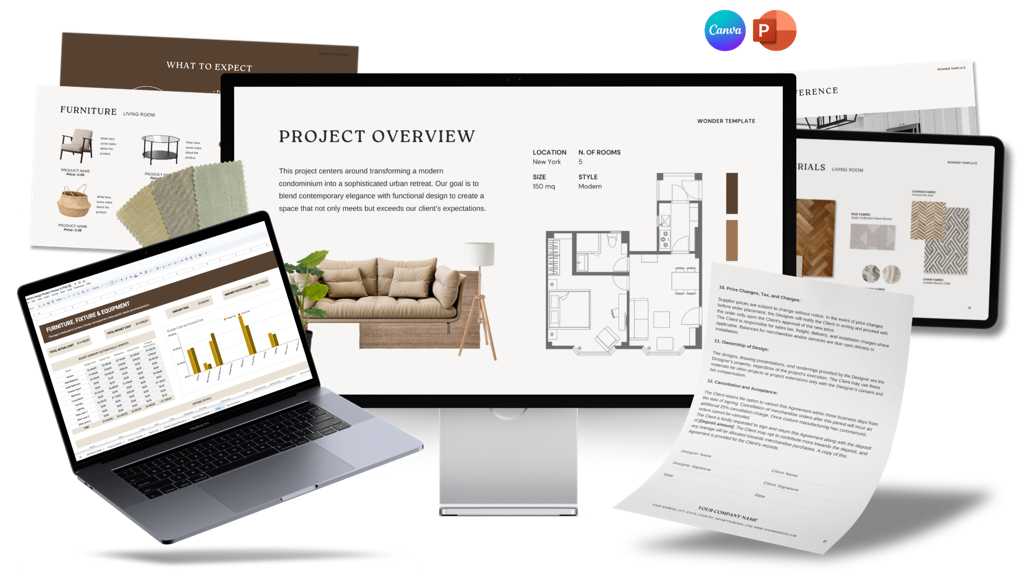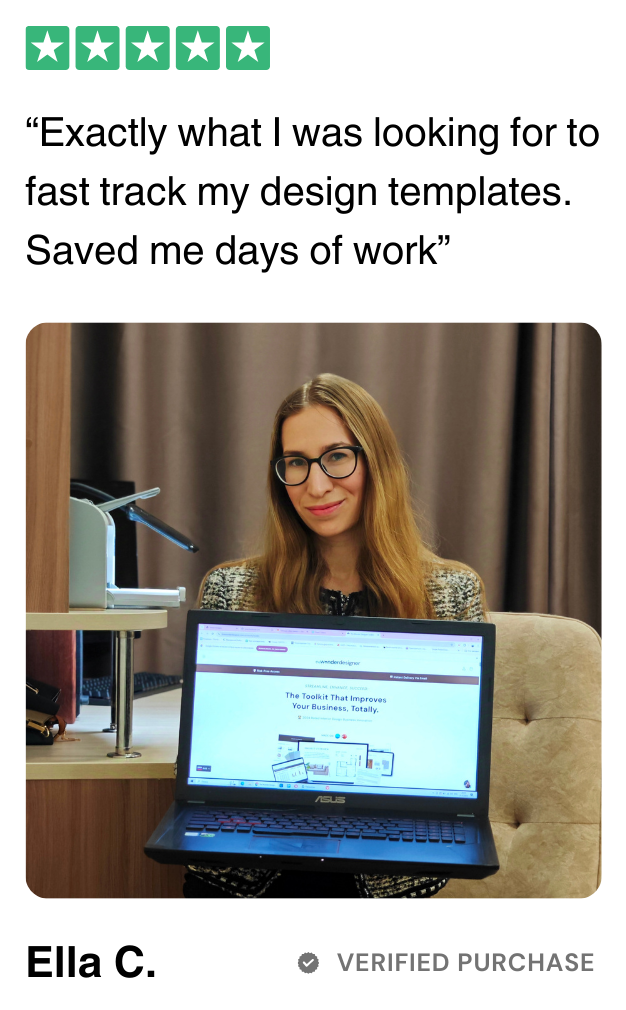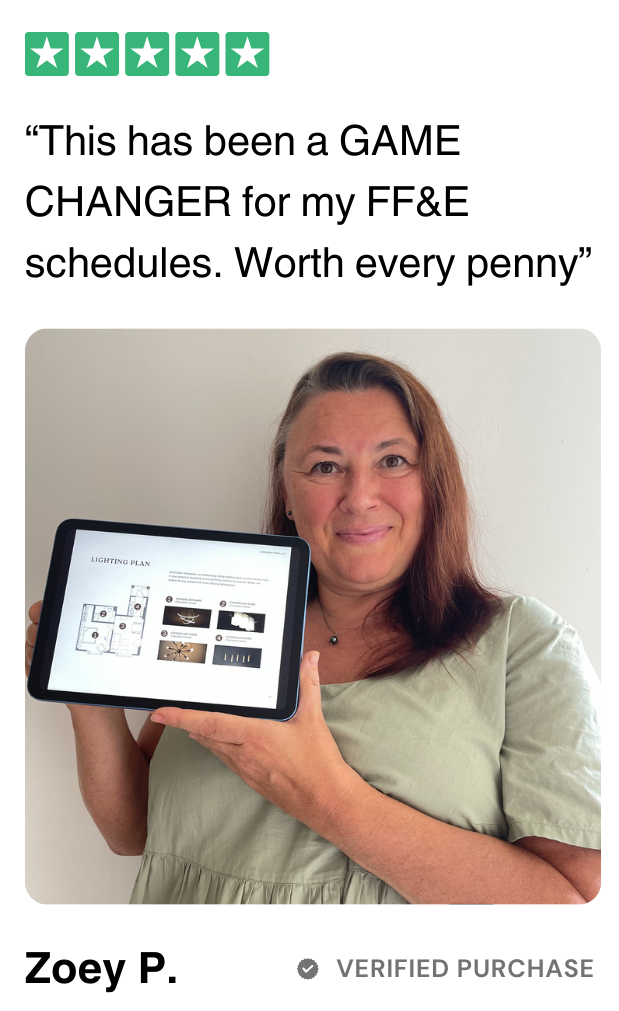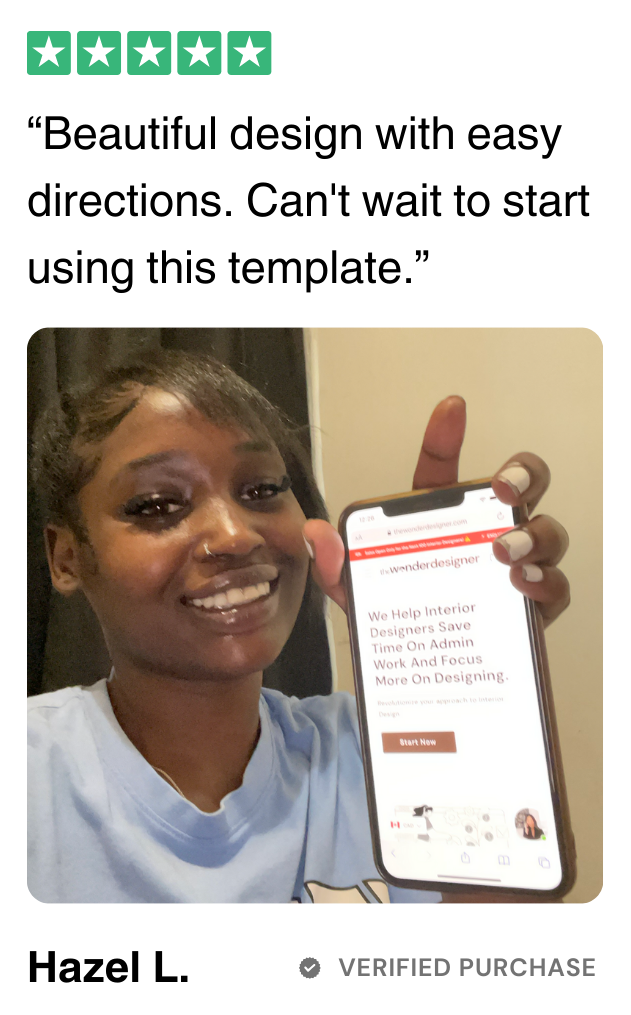5 Most Common Mistakes for an Interior Designer
by The Wonder Designer - 7 min read

Interior design is an intricate balance of art and functionality. While the profession is rewarding, certain common mistakes can hinder the success of any project. Identifying these pitfalls is crucial for any designer aiming to enhance their work and meet their clients' needs effectively.
1. Ignoring Client’s Style Preferences
Understanding the client's personal style is crucial for any successful interior design project. When designers ignore this fundamental aspect, the result can often be a beautiful but impersonal space that does not resonate with the client.
- Not Asking Enough Questions
Communication is key in interior design. Designers must engage clients in detailed discussions about their likes, dislikes, and lifestyle needs. Failing to gather enough information can lead to a design that misses personal touches, making the space feel disconnected from the client's real-world living requirements.
- Overlooking Functionality
A common oversight is prioritizing aesthetics over functionality. Spaces need to be livable and suited to the client’s daily activities. For instance, a visually stunning chair that isn't comfortable fails in serving its primary purpose. Designers should strive to marry beauty with practicality, ensuring spaces are not only visually appealing but also fully functional.
2. Poor Budget Management
Managing a project's budget efficiently is vital. Mismanagement here can lead to cost overruns, unfinished projects, or compromised design quality.
- Underestimating Costs
Designers often underestimate the cost of materials and labor, which can lead to significant budget overruns. Accurate cost forecasting and contingency planning are essential to prevent these issues and ensure project completion within the financial boundaries set by the client.
- Lack of Transparency with Clients
Transparency is crucial for trust-building. Designers should maintain an open line of communication about costs and budget changes. Surprises in expenses can create client distrust and dissatisfaction, potentially damaging the professional relationship permanently.
3. Neglecting Lighting
Lighting is a powerful tool in interior design, capable of transforming the mood and functionality of a space. Neglecting this aspect can detract from the overall success of the project.
- Natural vs. Artificial Lighting
A skilled designer knows how to balance natural and artificial lighting to enhance a space's ambiance. Natural light should be maximized to make rooms feel larger and more welcoming, while artificial lighting should be used strategically to highlight architectural features and create warmth.
4. Overcrowding Spaces
An overcrowded space can feel cluttered and stressful. Designers must understand the art of curation, choosing what to include and what to leave out.
- Knowing When to Stop
The challenge often lies in knowing when to stop adding elements. A minimalistic approach can sometimes be more effective, allowing each piece of furniture and decor to stand out more significantly, thus creating a better sense of balance and aesthetic harmony.
5. Failing to Plan for Storage
Underestimating the need for adequate storage solutions is a critical oversight that can affect the usability of a space.
- Inefficient Use of Space
Many designers focus on surface aesthetics without planning sufficient storage, leading to cluttered and impractical living areas. Integrating smart, stylish storage solutions is essential to maintain both the design's integrity and functionality.
By avoiding these common mistakes, interior designers can significantly improve their project outcomes. From respecting the client's style to managing budgets and lighting effectively, each aspect plays a crucial role in the success of interior design projects. Designers must remain vigilant and committed to continuous learning and improvement to excel in this dynamic field.

The Wonder Designer Toolkit
What's Included?
First Consultation Guide & Script
Client Questionnaire
Investment Guide
Fee Proposal
Service Contract
Design Presentation
Project Tracker & FF&E
Client Handover
[BONUS #1] Social Media Kit
[BONUS #2] Portfolio
[BONUS #3] Client Welcome Guide
[BONUS #4] Video Tutorials And Lifetime Support









